Acne Scarring
Acne scars are areas of fibrous tissue on the skin left behind by acne. The scars can be raised, flat or depressed. Acne scars are commonly categorised into three groups: ice pick scars, rolling scars, and boxcar scars.
Scroll down to learn more about the causes, symptoms and what effective treatments are available for acne scarring.
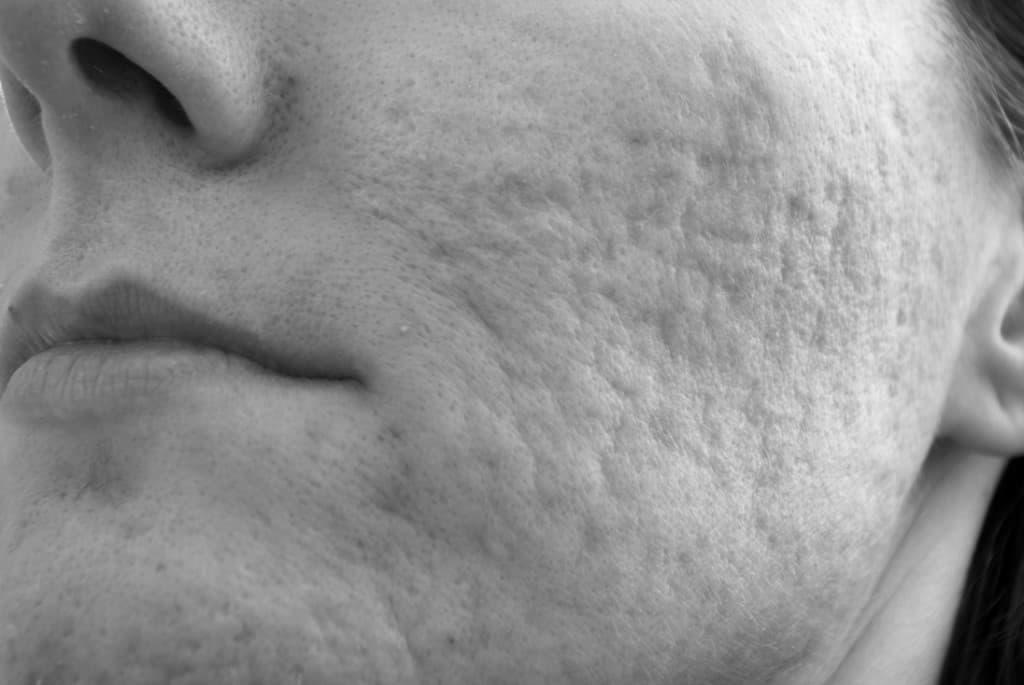
Causes
Acne scars form as a complication of acne. They form when nodules and cysts burst and damage nearby skin. The most common cause of this is mechanical irritation, i.e. if you pick or squeeze the spot to remove it.
In severe cases of acne, scars form by themselves. This is of particular annoyance if you are careful not to irritate your spots. Scars form naturally when the body uses new protein (collagen) fibres to replace injured tissue.
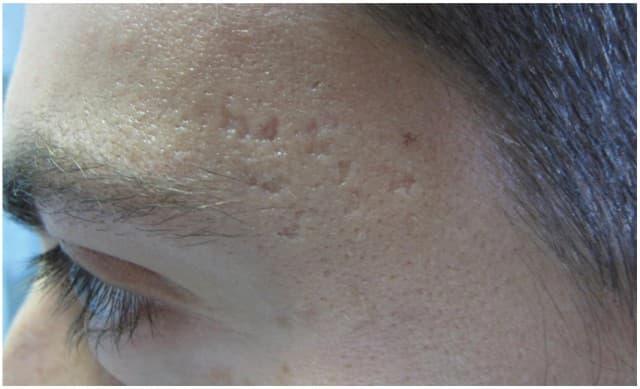
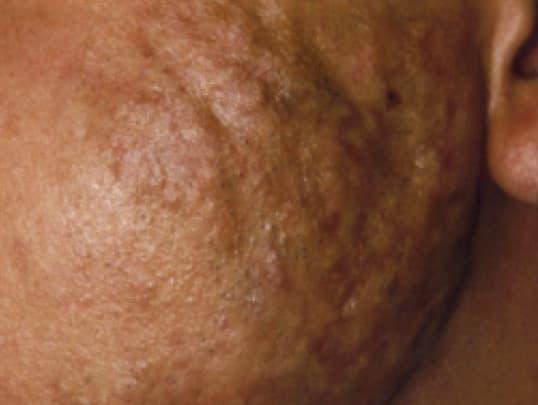
Symptoms
Acne scars are almost always visible on the outer surface of the skin. They can appear raised, flat or depressed. As previously touched on, acne scars are categorised as ice pick scars, rolling scars or boxcar scars. Here’s the difference:
- Ice pick scars are small, deep, pitted holes in the skin
- Rolling scars are formed under the skin and create unevenness on the surface
- Boxcar scars are depressed and cause oval craters, or larger holes, in the skin
Although acne scars are harmless most of the time, they can become red and inflamed if irritated. Cysts can also grow under the skin.
Available Treatments

FROM £300
NeoGenSPA
NeoGenSPA – Resurface, Regenerate and tighten your skin
- Treats and modifies the whole skin architecture
- Non-invasive, no anaesthetic or scalpels needed
- Treats the whole face and body
- Minimal downtime for a quick recovery
Learn More
Submit Enquiry
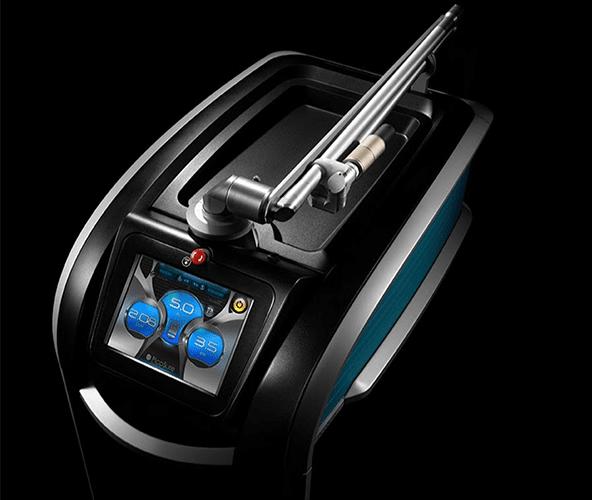
FROM £100
RevLite & PicoSure Laser
Localised thermal damage causes an increase in the production of collagen in an acne depression, which in turn softens the edges and improves the appearance of the scars.
- Visible results after 4-6 treatments
- Non-invasive treatment
- Minimal downtime
Learn More
Submit Enquiry
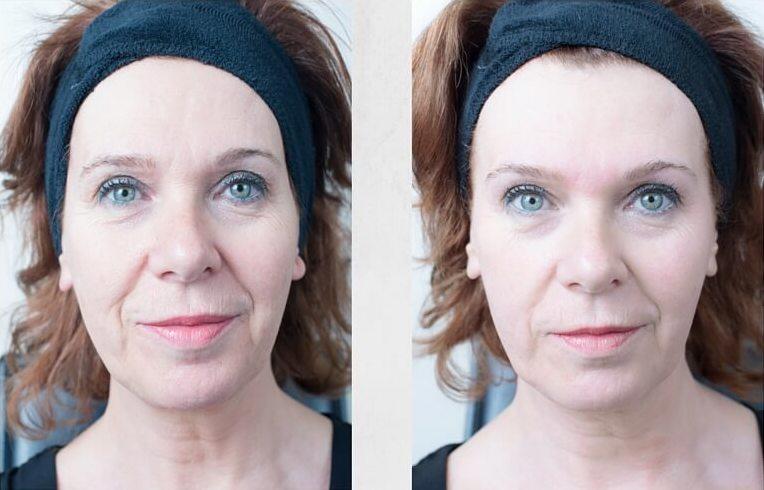
FROM £60
COMCIT Elite
Incorporating Cryo-Oxygen Microchanneling Collagen Induction Therapy with industry leading.
Microdermabrasion technology, COMCIT treats ageing, dehydrated skin with instant results that are long-lasting.
- Immediate and long-lasting results*
- Virtually no downtime and no time off work required
- A favourite with celebrity and A-listers
- Significant cost saving compared to surgical treatments
Learn More
Submit Enquiry
If you have any questions or would like to discuss treatments available, fill in our simple form and we will contact you to discuss your requirements.

